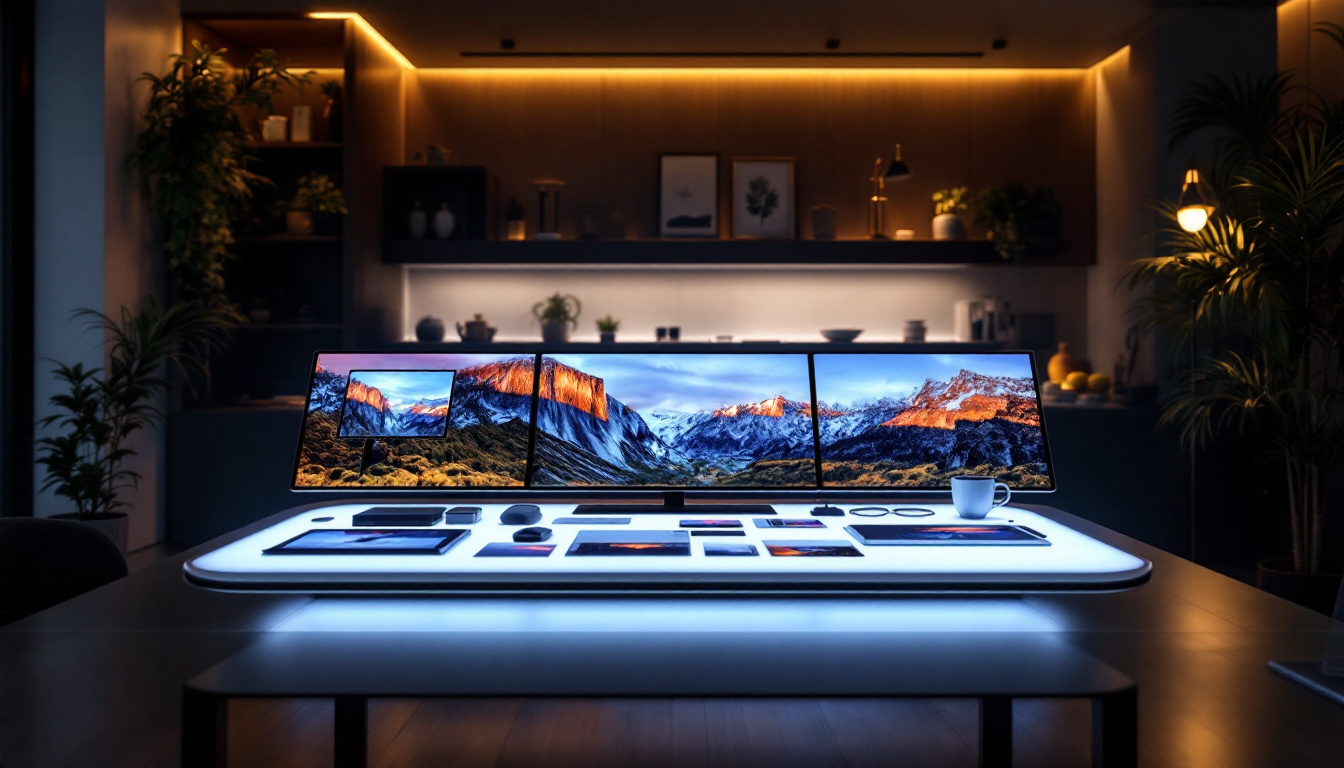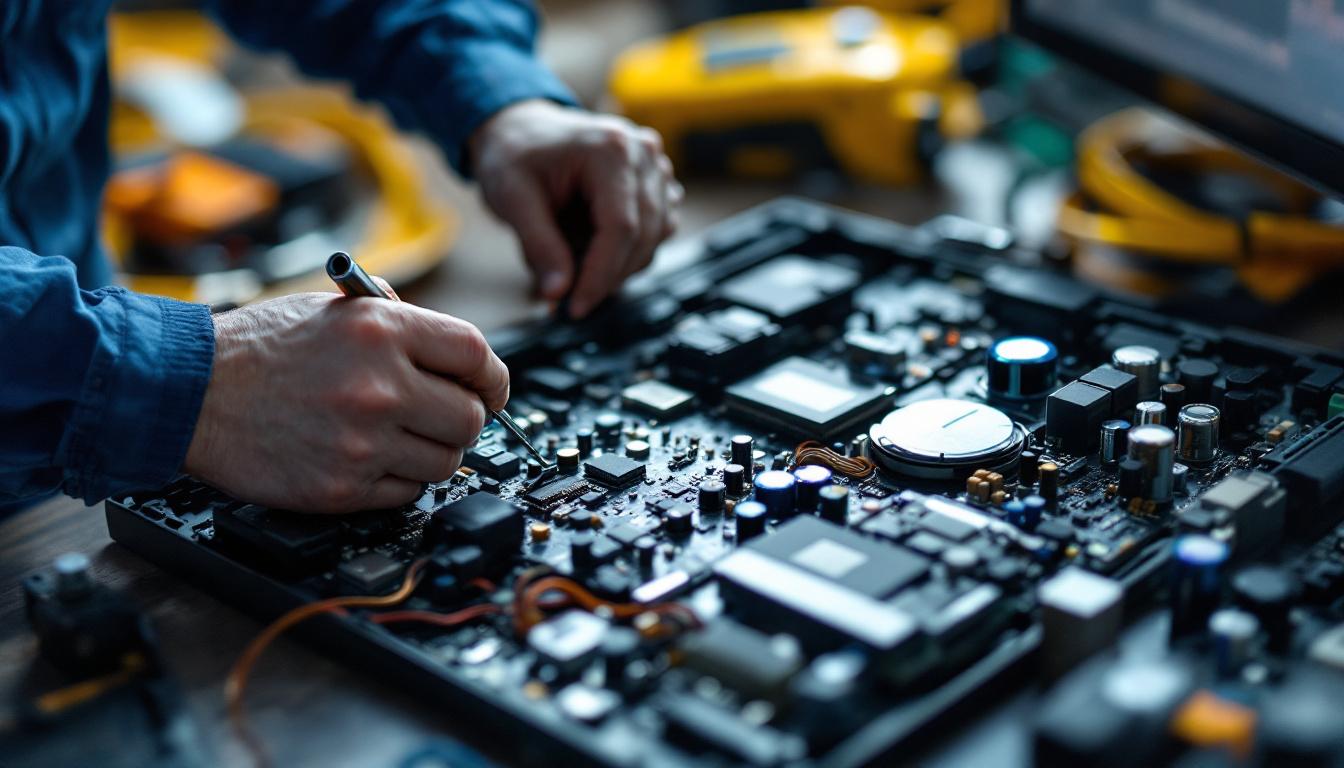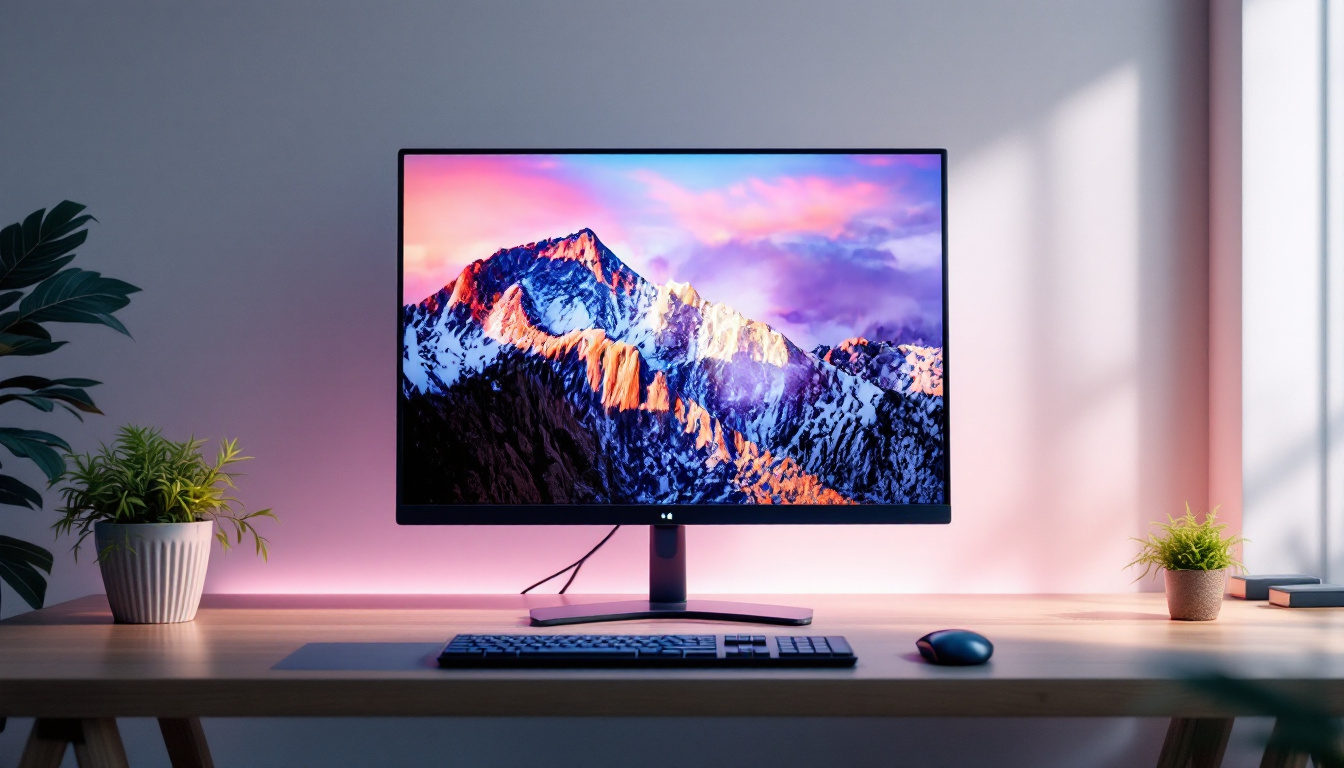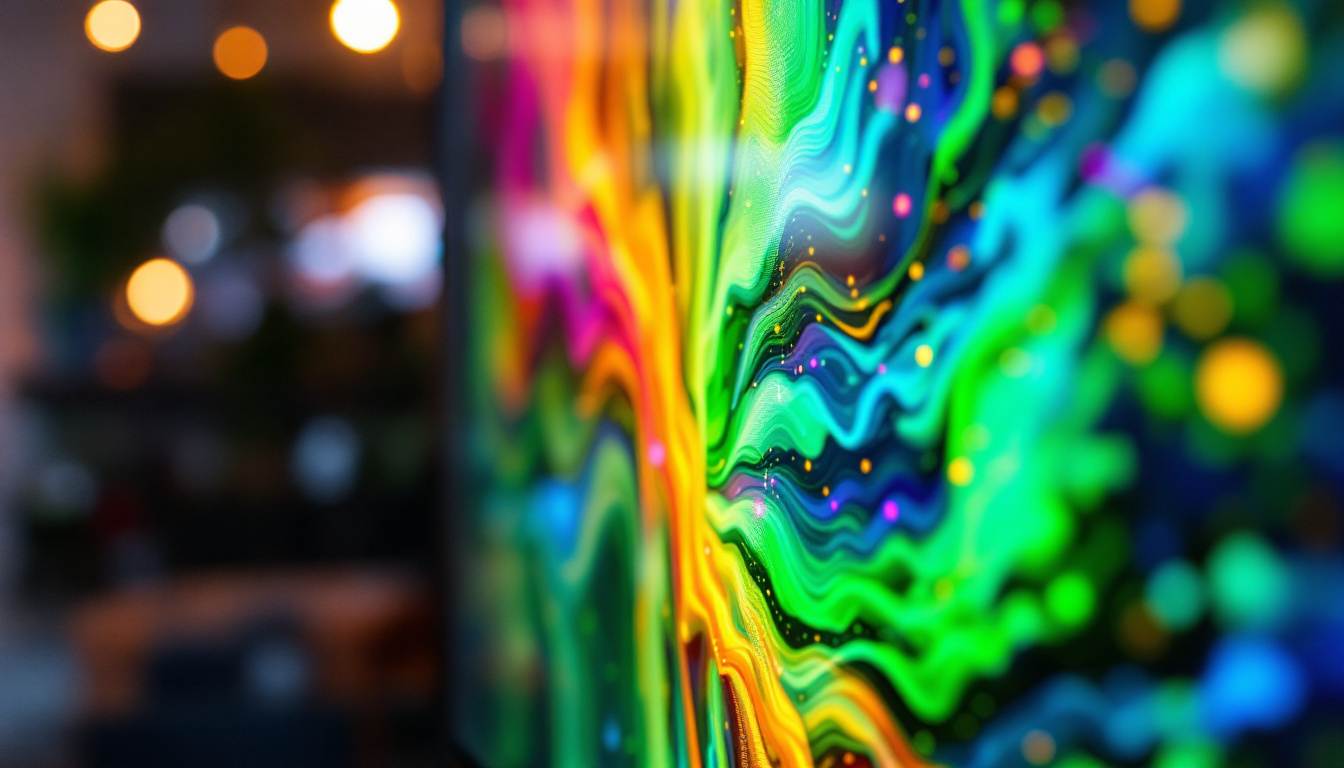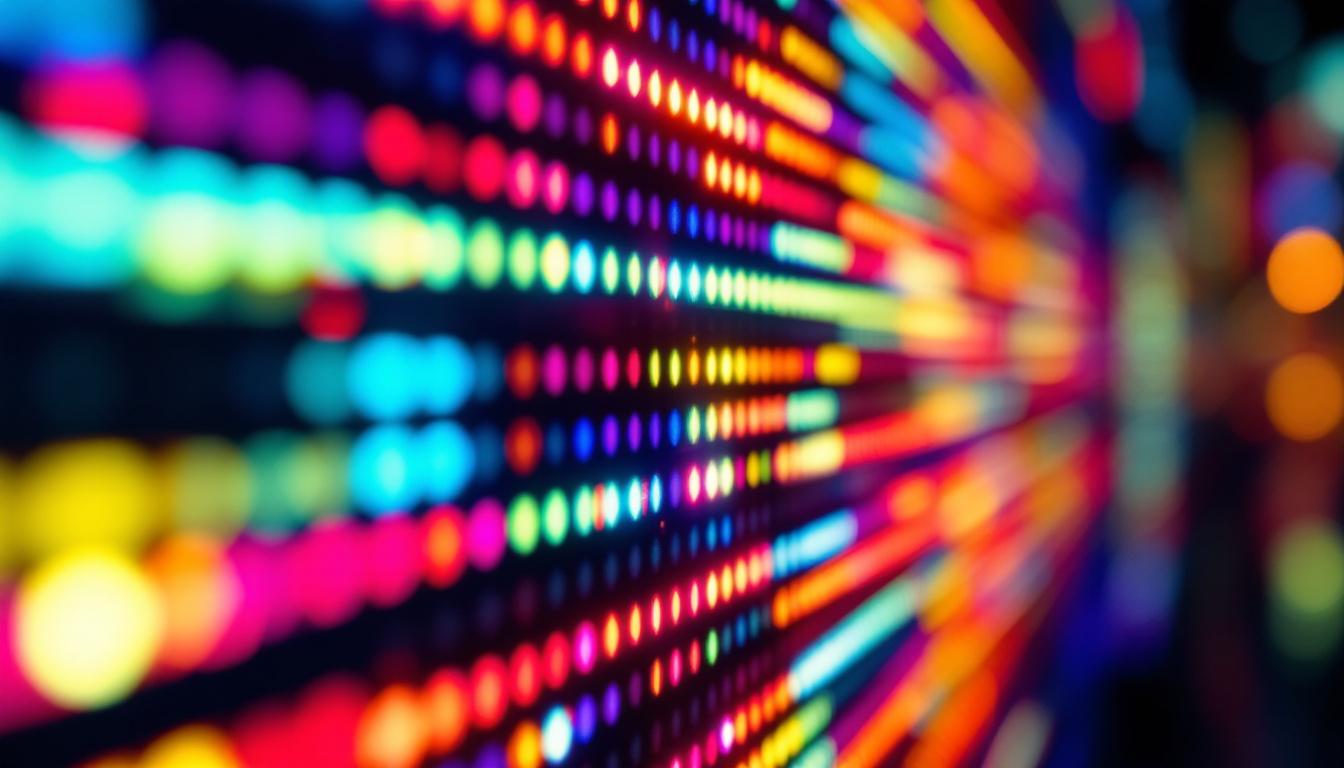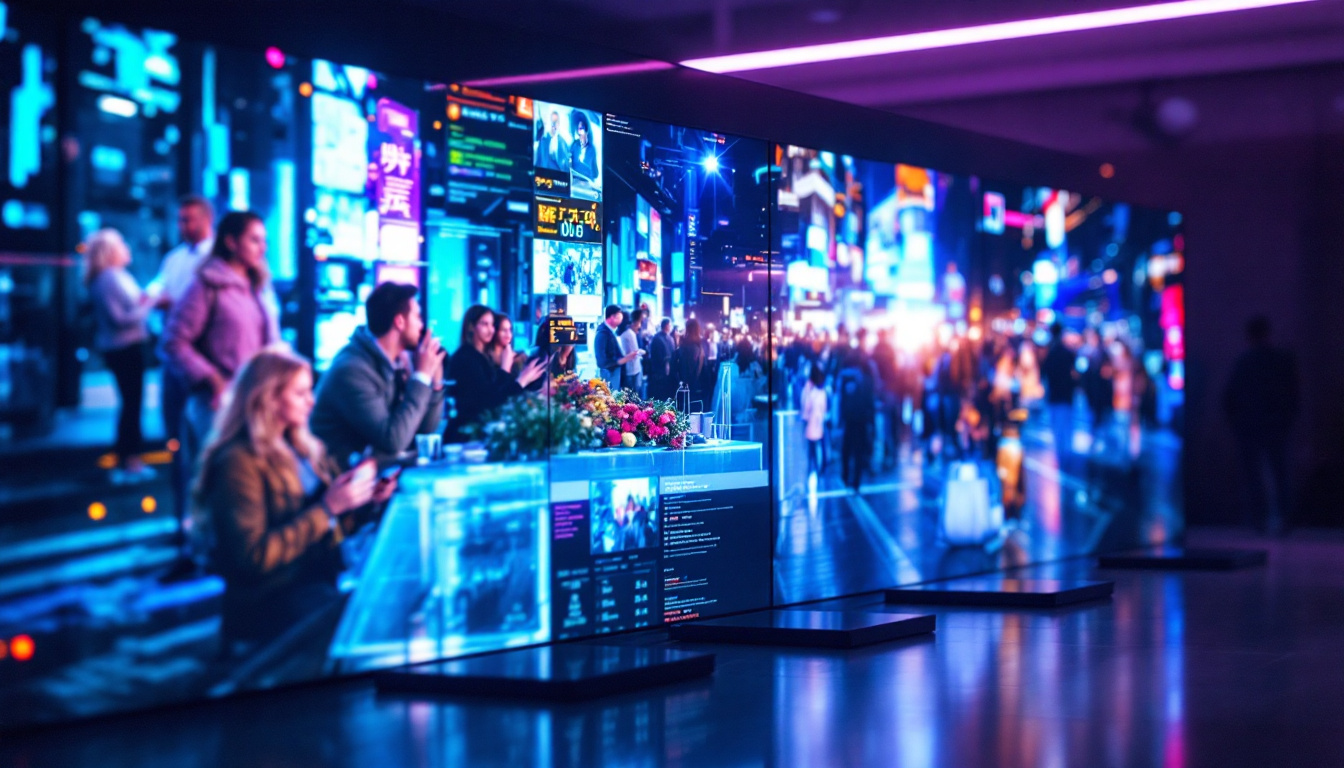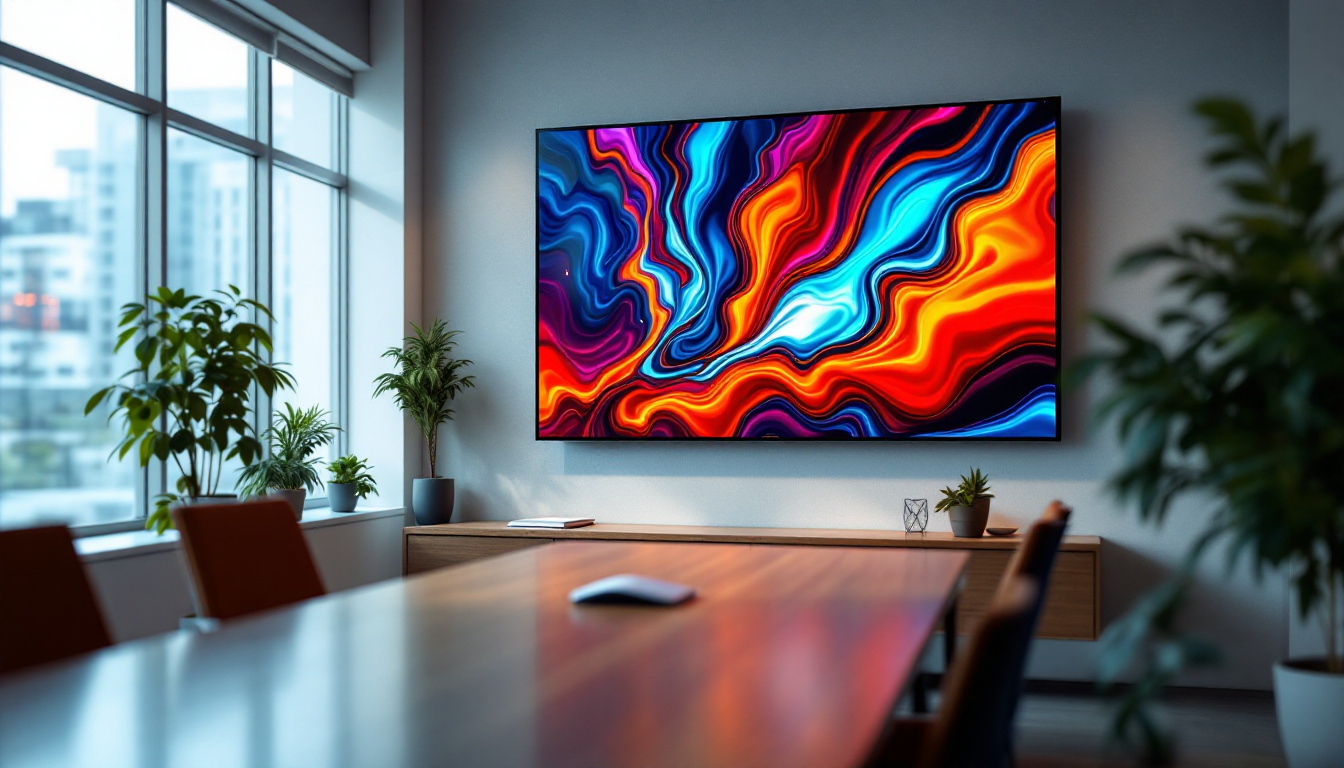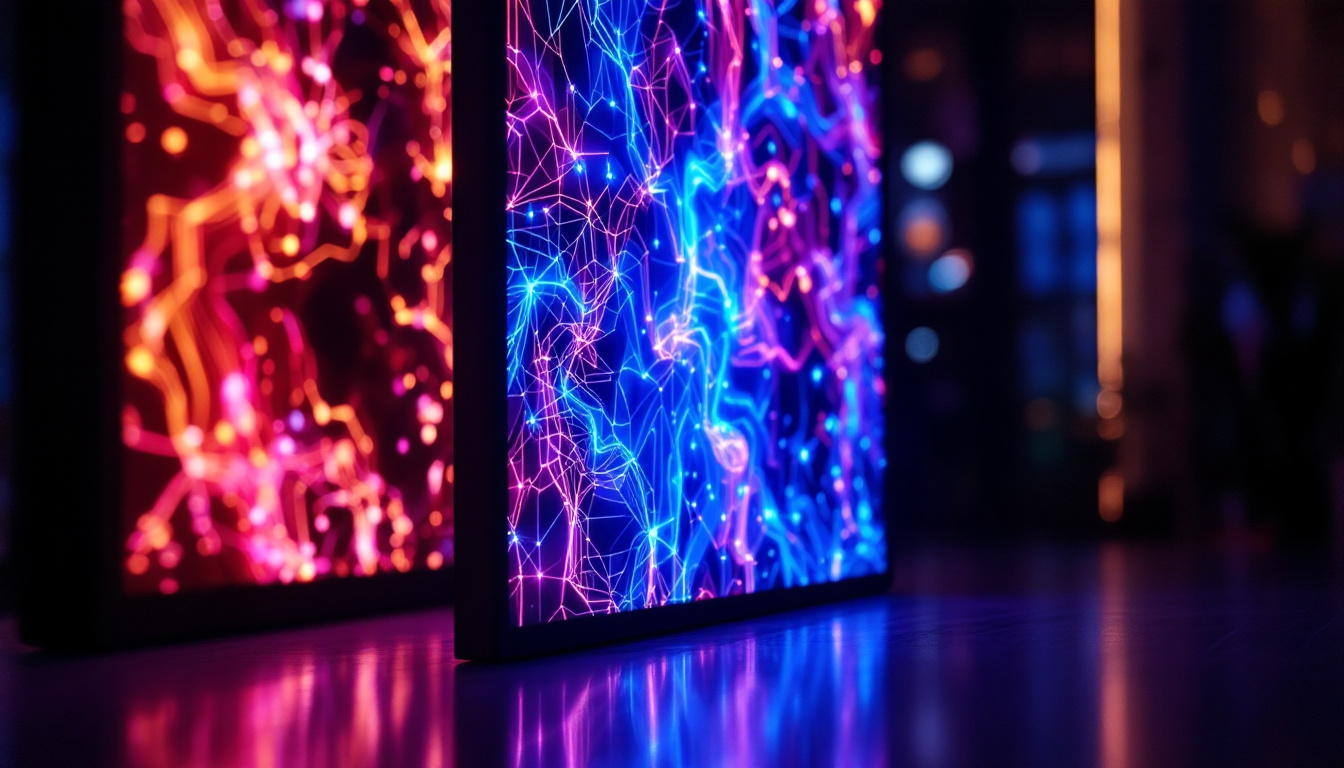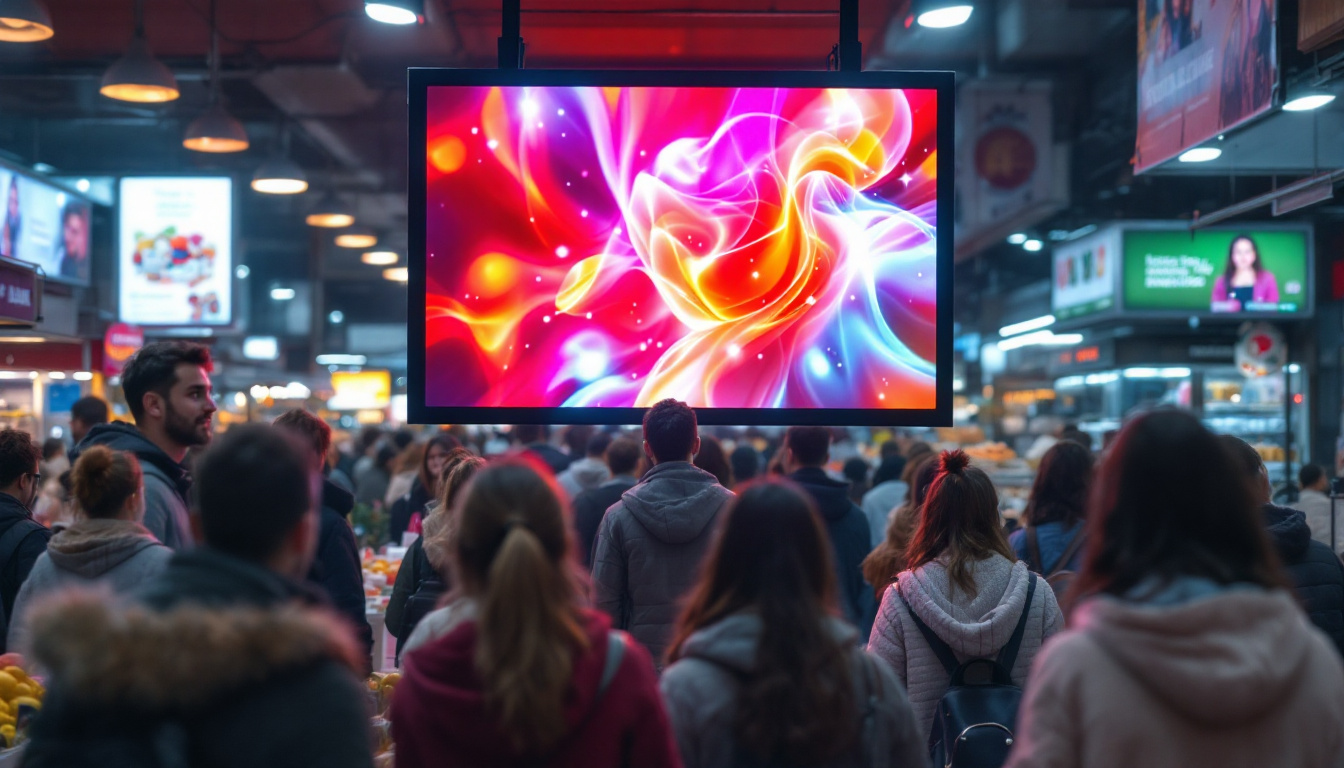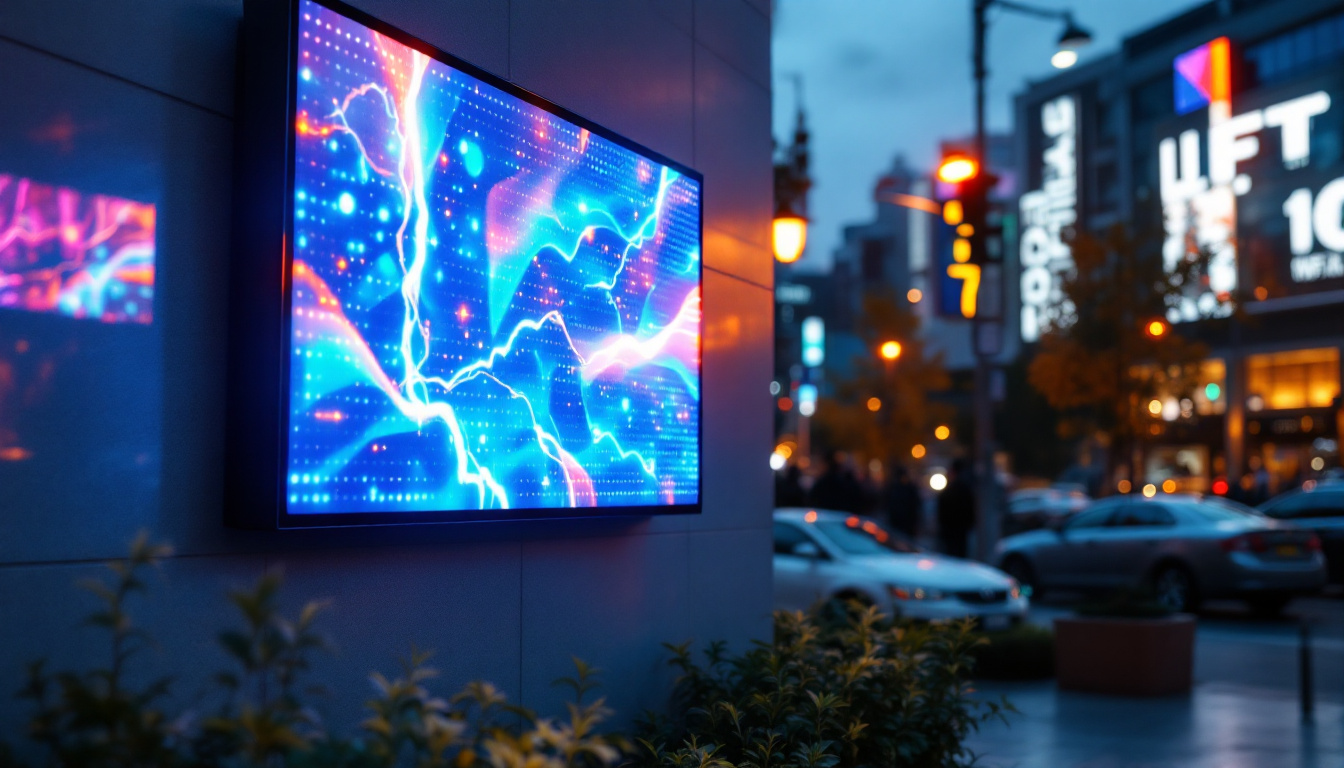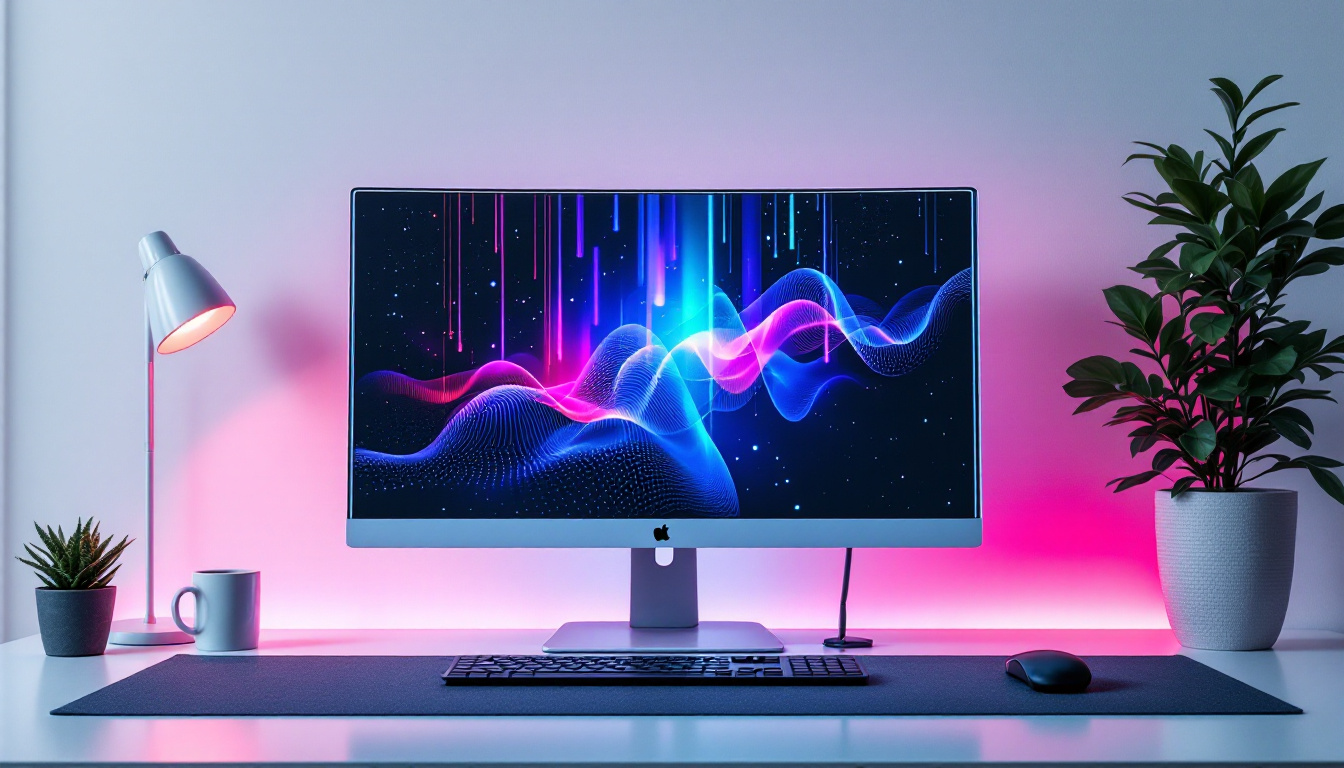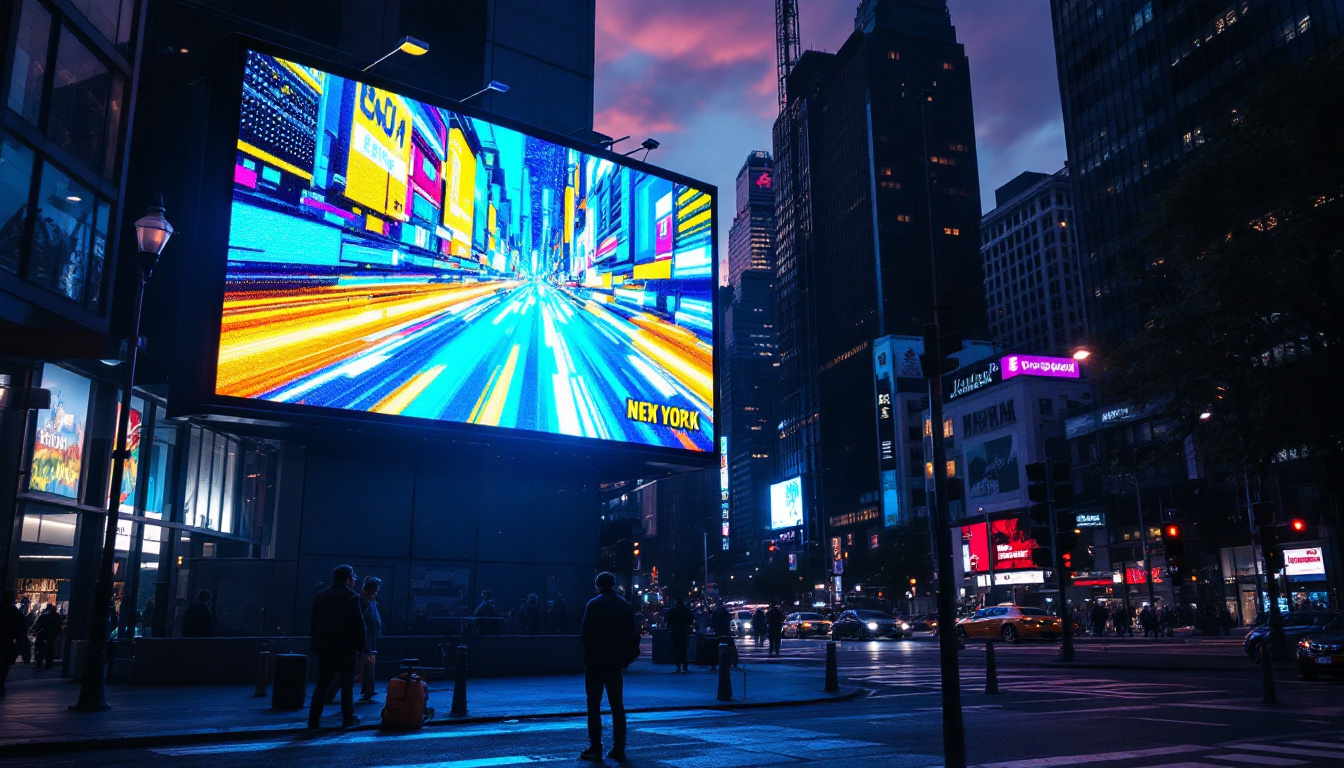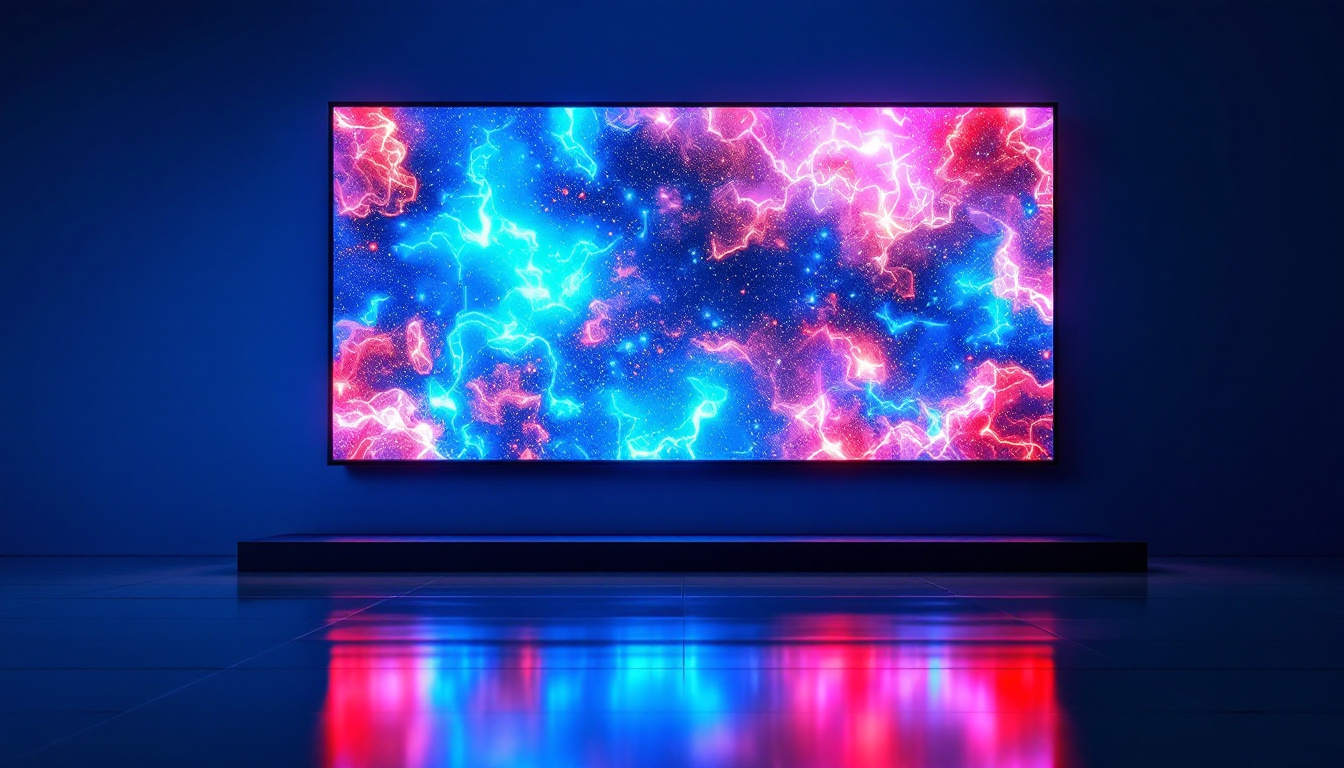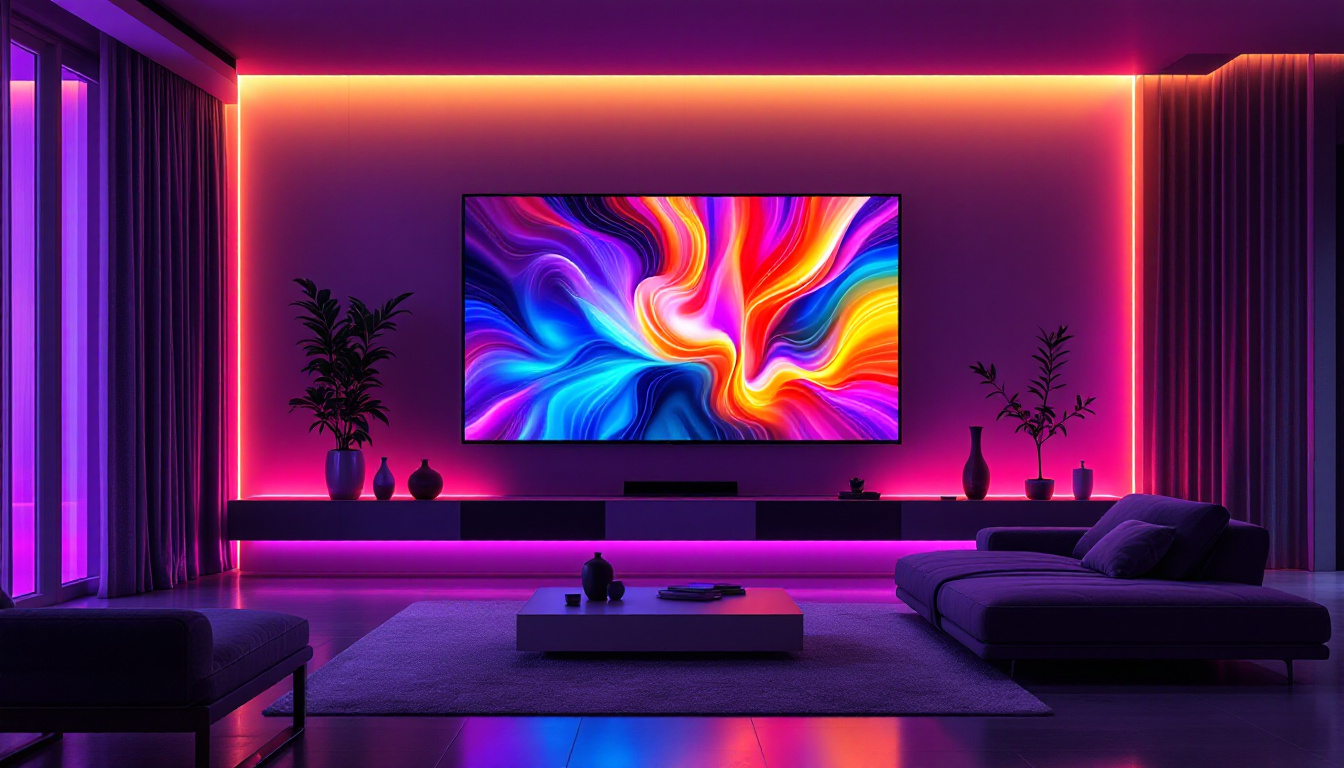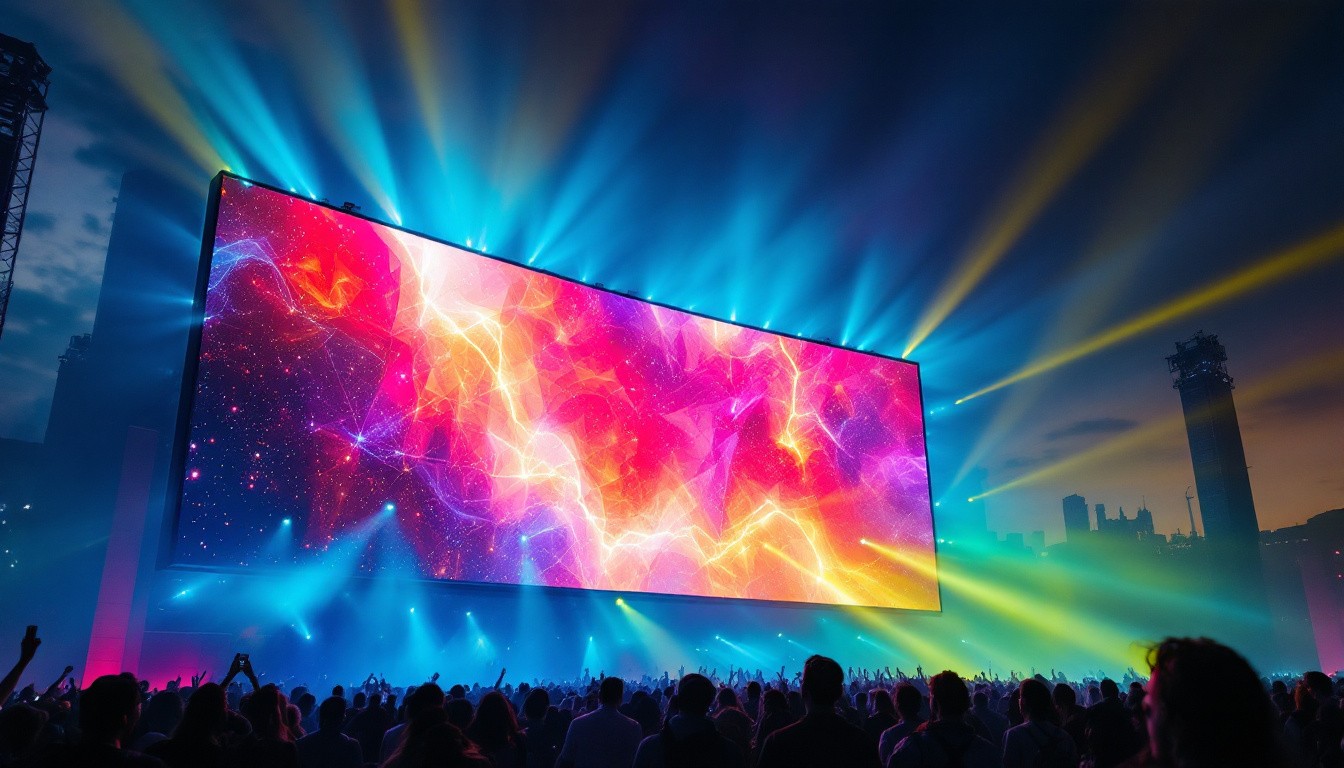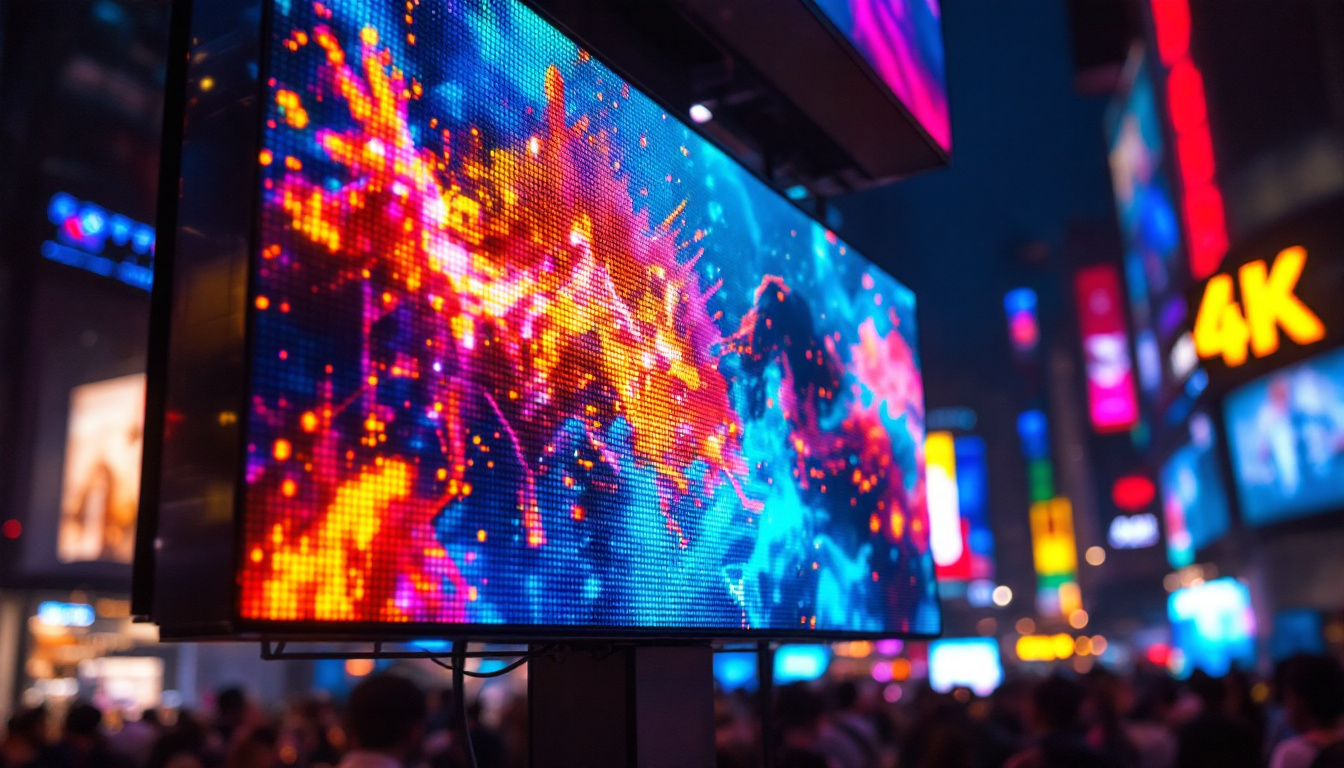In today’s digital age, the way we showcase our memories and important moments has evolved significantly. Gone are the days when physical photo frames dominated our living spaces. Instead, LED displays have emerged as a modern alternative, offering dynamic and interactive ways to display images. This article delves into the intricacies of photo display desks, focusing on LED technology and its advantages.
Understanding LED Technology
LED, or Light Emitting Diode, is a semiconductor device that emits light when an electric current passes through it. This technology has revolutionized various industries, including television, computer screens, and lighting. In the context of photo display desks, LED technology provides vibrant colors, high contrast ratios, and energy efficiency. The low power consumption of LED lights not only reduces electricity bills but also contributes to a smaller carbon footprint, making it an environmentally friendly choice for consumers who are increasingly conscious of sustainability.
How LED Displays Work
At the core of an LED display is a matrix of tiny light-emitting diodes. These diodes are arranged in a grid, where each pixel consists of red, green, and blue (RGB) components. By adjusting the intensity of these colors, a wide spectrum of hues can be produced, allowing for stunning visual displays. This capability makes LED displays ideal for showcasing photographs, as they can reproduce images with remarkable clarity and detail. Furthermore, advancements in LED technology have led to the development of high dynamic range (HDR) displays, which enhance the contrast and brightness levels, providing an even more immersive viewing experience.
Moreover, LED displays can be designed in various sizes and shapes, making them versatile for different settings. Whether it’s a small desk display or a large wall-mounted screen, the adaptability of LED technology ensures that users can find a solution that fits their needs. Some manufacturers even offer customizable LED panels that can be shaped to fit unique spaces or artistic designs, allowing users to create a personalized photo display that complements their interior decor.
Benefits of LED Displays for Photo Showcasing
LED displays offer several advantages over traditional photo frames. One of the most significant benefits is the ability to display multiple images in a slideshow format. Users can curate a collection of their favorite photos and have them rotate automatically, providing a dynamic viewing experience. This feature is particularly appealing for families who want to showcase cherished memories or for businesses that wish to highlight their products or services in an engaging manner.
Additionally, LED displays are often equipped with smart technology, allowing for remote control and connectivity to various devices. This feature enables users to upload new images directly from their smartphones or computers, ensuring that their display remains fresh and engaging. Many LED displays also come with built-in apps that allow users to access cloud storage or social media platforms, making it easy to share and showcase images from recent events or travels. The seamless integration of technology into these displays not only enhances user experience but also encourages creativity, as users can experiment with different layouts and transitions to find the perfect way to present their photos.
Types of Photo Display Desks
When it comes to photo display desks, there are several types available on the market, each catering to different preferences and functionalities. Understanding these options can help individuals choose the right display for their needs.
Digital Photo Frames
Digital photo frames are perhaps the most common type of photo display desk. These frames typically feature a screen that can display a series of images, often with customizable settings for transitions and display times. Many digital photo frames come with built-in memory or the option to insert memory cards, making it easy to load and change photos.
Some advanced models even include Wi-Fi connectivity, allowing users to pull images from online albums or social media platforms. This feature not only enhances convenience but also ensures that users can keep their displays updated with the latest memories.
Smart Displays
Smart displays take the concept of photo showcasing a step further by integrating voice assistants and smart home capabilities. These devices can serve multiple functions, including displaying photos, playing music, and providing weather updates. Users can interact with their smart displays through voice commands, making them an excellent addition to modern homes.
Moreover, many smart displays allow for seamless integration with various apps, enabling users to create personalized slideshows or even display artwork. This versatility makes smart displays a popular choice for those looking to combine functionality with aesthetics.
Wall-Mounted LED Displays
For those seeking a more permanent solution, wall-mounted LED displays offer a striking way to showcase photos. These large screens can serve as a focal point in a room, displaying high-resolution images that captivate viewers. Wall-mounted displays are often used in commercial settings, such as galleries or retail spaces, but they can also be a stunning addition to residential interiors.
With the ability to connect to various devices, wall-mounted LED displays can be easily updated, ensuring that the displayed content remains fresh and relevant. This feature is particularly beneficial for families who want to showcase their evolving collection of memories.
Choosing the Right Photo Display Desk
Selecting the ideal photo display desk involves considering several factors, including size, resolution, connectivity options, and additional features. Each of these elements plays a crucial role in determining the overall experience of displaying photographs.
Size and Resolution
The size of the display is one of the first considerations. Depending on the available space and the intended use, individuals should choose a size that fits their environment. For a desk display, a smaller screen may suffice, while larger wall-mounted options may be more suitable for expansive areas.
Resolution is equally important, as it affects the clarity and detail of the images. Higher resolution displays, such as 4K, provide sharper images and allow for larger screen sizes without compromising quality. When selecting a display, it is essential to balance size and resolution to achieve the desired visual impact.
Connectivity Options
Connectivity is a crucial factor, especially for those who want to update their displays frequently. Many modern photo display desks come with USB ports, HDMI inputs, and Wi-Fi capabilities. These features allow users to connect various devices, such as smartphones, tablets, or computers, making it easy to transfer images.
Additionally, some displays offer cloud storage options, enabling users to access their photos from anywhere. This flexibility is particularly beneficial for individuals who travel or want to share their memories with family and friends remotely.
Additional Features
Beyond size and connectivity, various additional features can enhance the user experience. Some photo display desks come with built-in speakers, allowing users to accompany their images with music or audio. Others may include touch screens for easy navigation and interaction.
Furthermore, consider displays that offer customizable settings, such as adjustable brightness and color settings. These features can enhance the viewing experience, making it more enjoyable for users and their guests.
Maintaining Your LED Photo Display Desk
Once a photo display desk has been chosen, proper maintenance is essential to ensure longevity and optimal performance. Regular care can help preserve the display’s quality and functionality.
Cleaning and Care
Cleaning the screen is one of the most critical maintenance tasks. Dust and fingerprints can accumulate on the surface, affecting image clarity. To clean the display, use a soft microfiber cloth and a gentle cleaning solution specifically designed for screens. Avoid using harsh chemicals or abrasive materials, as these can damage the screen.
Additionally, it’s essential to keep the display in a suitable environment. Avoid exposing the display to direct sunlight, as prolonged exposure can cause fading and overheating. Keeping the display in a cool, dry place will help maintain its performance over time.
Software Updates
For smart displays or those with built-in software, regular updates are crucial for optimal performance. Manufacturers often release updates that improve functionality and security. Checking for updates periodically ensures that the display operates smoothly and takes advantage of any new features.
Many devices offer automatic updates, but it’s still a good practice to manually check for updates if necessary. This proactive approach can help prevent potential issues down the line.
The Future of Photo Display Technology
The landscape of photo display technology is continually evolving, with advancements promising even more exciting possibilities in the future. As technology progresses, users can expect enhanced features and capabilities that will further enrich the experience of showcasing memories.
Innovations on the Horizon
One of the most anticipated advancements is the integration of augmented reality (AR) into photo displays. AR technology could allow users to project their images into real-world environments, creating immersive experiences that go beyond traditional displays. Imagine being able to view a family photo in your living room as if it were physically present!
Additionally, improvements in display technology, such as OLED and MicroLED, promise even better color accuracy and contrast ratios. These innovations will enhance the visual quality of displayed images, making them more lifelike and engaging.
Increased Interactivity
As smart technology continues to evolve, future photo displays are likely to become even more interactive. Features such as gesture control, voice commands, and touchless navigation may become standard, allowing users to interact with their displays in intuitive ways.
This increased interactivity could transform the way individuals engage with their memories, making the experience more personal and enjoyable. The future of photo display technology holds exciting possibilities that will undoubtedly enhance how we share and cherish our moments.
Conclusion
Photo display desks equipped with LED technology offer a modern and versatile way to showcase memories. With various types available, from digital frames to smart displays, individuals can find a solution that fits their lifestyle and preferences. Understanding the technology, features, and maintenance of these displays is essential for maximizing their potential.
As technology continues to advance, the future of photo display desks looks promising, with innovations that will further enrich the experience of sharing and enjoying memories. Embracing these modern solutions allows individuals to celebrate their moments in ways that are both dynamic and engaging.
Discover LumenMatrix’s Innovative LED Displays
Ready to elevate your photo display experience? LumenMatrix offers a wide array of LED display solutions that bring your cherished memories to life. From the comfort of your desk to the grandeur of outdoor settings, our cutting-edge technology ensures your images are showcased with unparalleled clarity and vibrancy. Embrace the future of visual storytelling with our Indoor and Outdoor LED Wall Displays, Vehicle LED Displays, and more. Check out LumenMatrix LED Display Solutions today and transform the way you share and celebrate your most precious moments.

